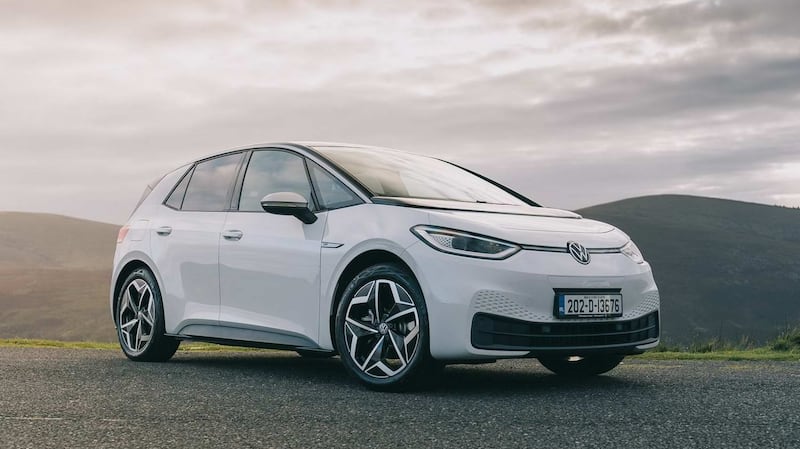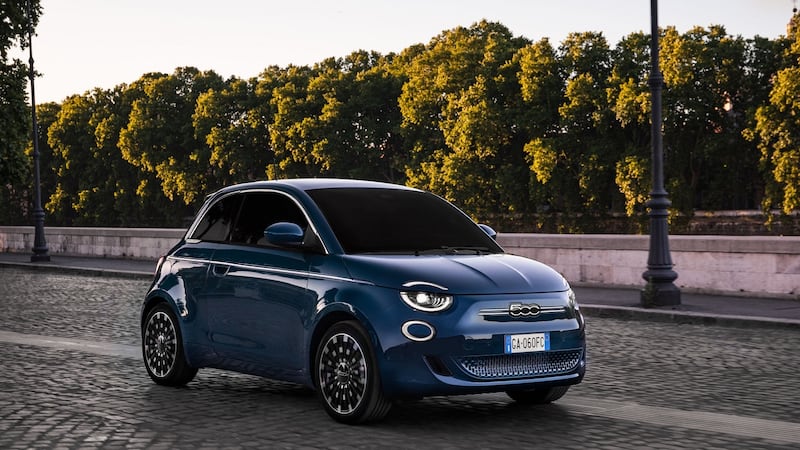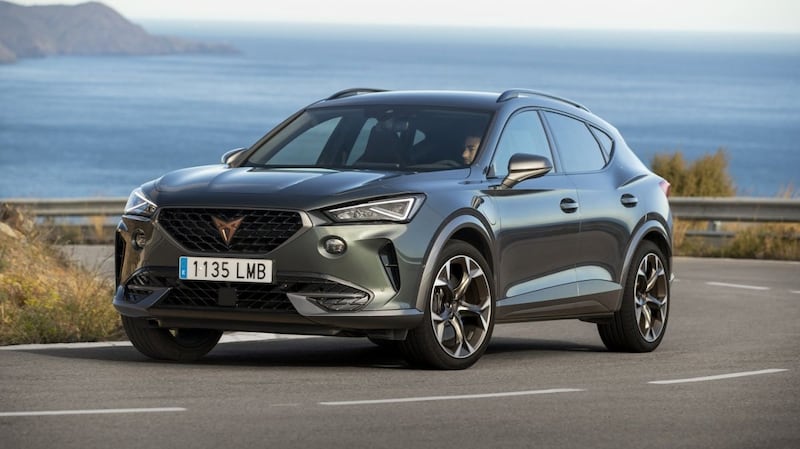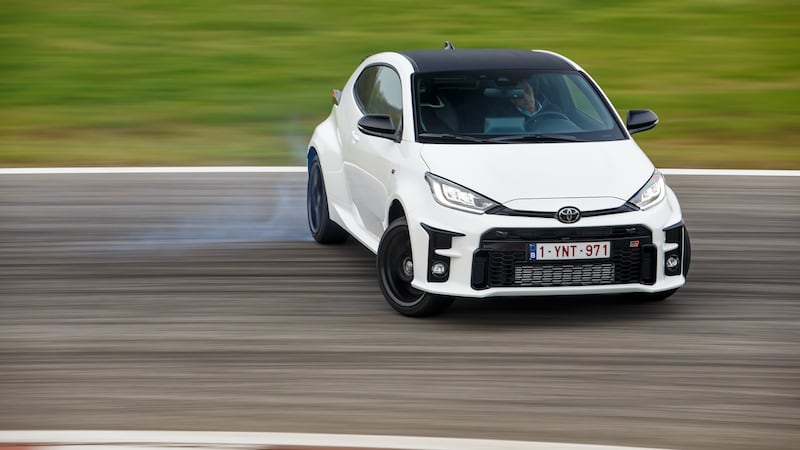The new Toyota Yaris has been named Europe's Car of the Year 2021. The popular supermini saw off competition from the new Skoda Octavia, VW ID.3 and all-electric Fiat 500.
In the midst of the Covid pandemic, the awards process proved extremely challenging, particularly for journalists to adequately test the new cars.
However, after testing each of the finalists at various stages and operating within the national Covid-19 restrictions in various countries, each of the 59 jury members across 22 countries got to allocate 25 points across the seven finalists with a maximum of 10 points for any one car.
The final result saw the Yaris secure 266 votes, ahead of the new Fiat 500 with 240, the Cupra Formentor with 239, VW's ID.3 with 224, the Skoda Octavia with 199, Land Rover Defender with 164 and the new Citroen C4 with 143.
The Yaris victory was partly down to the company’s widely acclaimed GR rally-inspired version of the car. While the regular Yaris is sold as a fuel efficient eco-friendly small car, favoured by Irish buyers for its petrol-electric hybrid powertrain, the GR harks back to the days when car producers built road-going versions of their rally cars.
The Yaris GR scored five stars in its road test with The Irish Times (you can read our review here) and has received similar accolades from motoring journalists across the globe.
As one of the jury members, my top score went to the Volkswagen ID.3. Here is how I scored the final seven and why.
VW ID.3 - 7 points
In the face of a tech revolution, some carmakers are seeking succour with retro styling and reviving past model names. Yet VW has been brave enough to face the new age with a completely new model. Not only that, but they’ve overhauled their entire production process to fit the ethos of the new era and are investing heavily in advancing every area, from over-the-air updates to battery tech. The carbon-neutral production process at a factory that relies entirely on renewable sources of energy, is to be commended. They are walking the walk.

The end product is a car that’s not without flaws, but those that exist are niggling issues - like lagging software response, infuriating touch-button controls, or a lack of smarter stowage solutions for the power cable - not deal breakers.
The ID.3 is a seriously spacious, well-built family car that offers GTi performance on the straights and commendable cornering ability when you consider the battery weight. The weight distribution is spot on, the decision to set it up as rear wheel drive means the front wheels can focus on steering, while the torque is delivered much smoother than jerking electric rivals. Pitted against similar-sized electric offerings, it wins on all counts, including price.
The fact the ID.3 heralds a new family of electric vehicles from VW suggests Wolfsburg is ready for this new era in motoring.
Skoda Octavia - 5 points
The strong silent type on this shortlist, this Skoda delivers quality finish and refinement, a mix of power options and all at a competitive price. Mainstream car buyers may be flocking to crossovers, but for those who still opt for saloons and estates, this car deserves to be on every shortlist. Where it makes trade-offs in the name of practicality or cost compared to its cousins in the VW Group, they are always rationally justified. When you see past the marketing hype from rivals, it’s easy to understand why so many motorists continue to opt for Octavia.
Fiat 500 - 4 points
Fiat has returned to the retro route with its foray into the all-electric world. And why not, when you have a car that’s this cute. The latest version moves the dial in terms of quality perception as well, with a lot better finish than we’ve seen from Fiat in many years. The delivery of electric power its well-engineered as well.

Rear space is still very limited and anyone over single digits in age is going to gripe. As a stylish city car, though, this is nimble, nifty and really nice to drive. It’s also surprisingly composed on more trying national roads.
Cupra Formentor - 3 points

You can look at this car in two ways: an expensive Seat or an inexpensive Audi or Porsche. Either way it's a great looking car that mixes hot-hatch performance with crossover appeal. It probably does enough to warrant the extra spend over a Seat, while it looks like good value when viewed from the premium heights of VW Group's more expensive brands. Buyers may tire, however, of being an ambassador for the new brand and having to explain their purchase to every passer-by.
Toyota Yaris - 3 points

This car has me in a quandary. The GR version is the best car I’ve driven all year - one of the most fun cars in many years in fact. As for the regular Yaris supermini, the new platform delivers sharp handling in a tidy package and low emissions, but there are points with the interior where it doesn’t match rivals, like last year’s Car of the Year, the Peugeot 208. If the GR was a standalone model, however, it deserved to win car of the year on its own.
Citroen C4 - 2 points
On paper this car made no sense: neither a hatchback nor a crossover and from certain angles a bit bland compared to the more radical styling Citroen has adopted of late. In the metal, however, it’s a styling success. Combine the looks, family space and electric power, this has the makings of a much-needed hit for the French brand. Comfort is at the heart of the brand’s heritage and current sales pitch, but the new C4 doesn’t quite deliver the cloud-like ride I expected. In return it handles better than I feared, but I would have been more impressed if it took a more fundamentalist approach on the comfort front. The auto transmission on diesel version is much better than in the past.
Land Rover Defender - 1 point
It’s a monumental task to take such a landmark model and make it relevant for the 21st century. Land Rover addressed the two biggest flaws with the old Defender: dreadful on-road driving and an interior that harked back to the turn of the last century. They’ve pulled off a masterstroke in modernising this motoring legend, yet retaining its key off-road characteristics. The greatest flaw in the plan is the price, which has caused many loyal Defender fans to take fright. While it will capture a new wealthier audience, few of these will use the car to its true potential, while those that can - and need to - are now abandoned by the brand.











